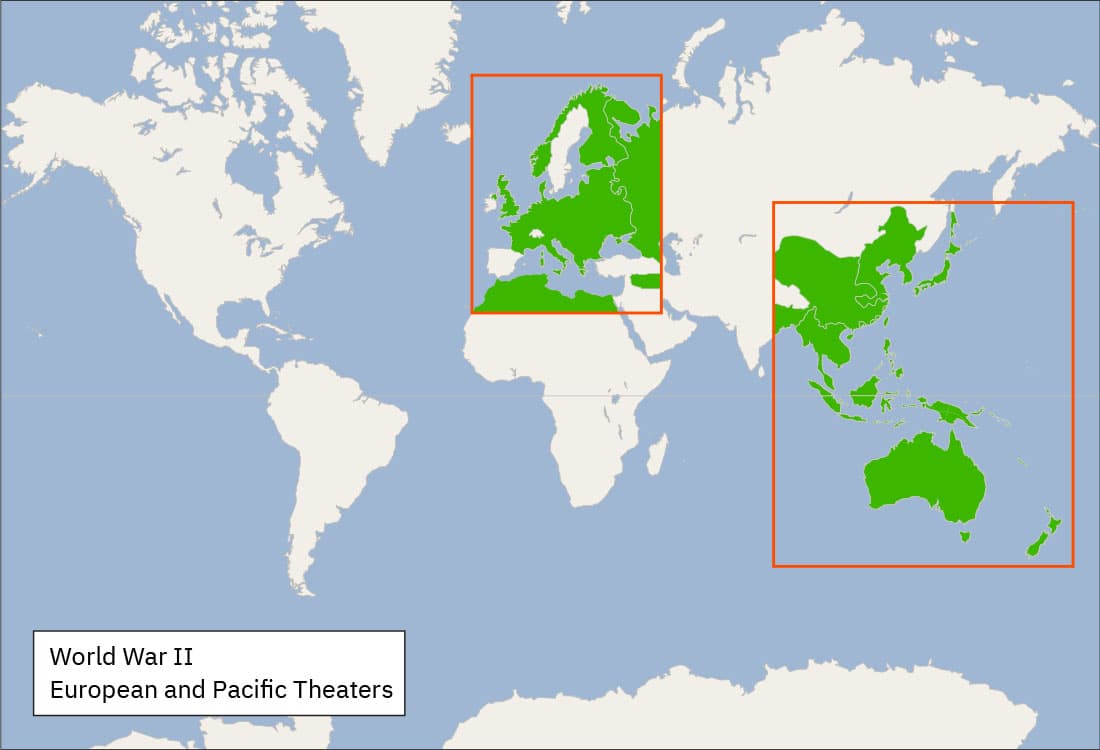Figure 13.1 A German soldier prepares to throw a grenade at opposing Russian forces during Germany’s invasion of the Soviet Union in 1941. (credit: modification of work “German troops in Russia” by National Archives at College Park/Wikimedia Commons, Public Domain)
The devastation and dislocations of World War I were so profound that much of Europe was hard-pressed to recover in its aftermath. Through the tumultuous 1920s, voters worldwide looked to authoritative leaders and parties to solve their country’s problems. This tendency spawned a new approach to governance in the form of fascism and totalitarianism, which gained power and influence in many places across the globe. The resulting regimes propelled the world to a bloodier and more devastating sequel to World War I—World War II. The second global conflict in less than half a century began with Germany’s invasion of Poland in 1939 and Britain and France’s decision to oppose it. By the summer of 1940, western Europe had fallen to German armies, and in 1941, Germany invaded the Soviet Union (Figure 13.1). As Europe erupted in flames, on the other side of the world, the armies of the Empire of Japan swept through Asia and the Pacific, enmeshing millions more in a brutal conflict.

Figure 13.2 (credit “Mar 1933”: modification of work “Concentration camp dachau aerial view” by USHMM, courtesy of National Archives and Records Administration, College Park/Wikimedia Commons, Public Domain; credit “Sep 1939”: modification of work “The German-soviet Invasion of Poland, 1939” by Imperial War Museums/Wikimedia Commons, Public Domain; credit “Dec 1941”: modification of work “WWII Pearl Harbor Attack (286467015)” by National Archives and Records Administration/Wikimedia Commons, Public Domain; credit “Feb 1942”: modification of work “Japanese internment detainees” by War Relocation Authority/Wikimedia Commons, Public Domain; credit “Feb 1945”: modification of work “‘Big Three’ met at Yalta” by National Archives and Records Administration/Wikimedia Commons, Public Domain; credit “Sep 1945”: modification of work “Japanese surrender, Tokyo Bay, September 2, 1945” by U.S. National Archives/Wikimedia Commons, Public Domain)

Figure 13.3 (credit: modification of work “World map blank shorelines” by Maciej Jaros/Wikimedia Commons, Public Domain)